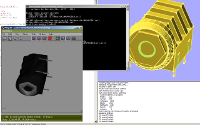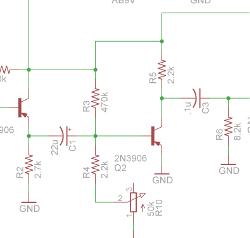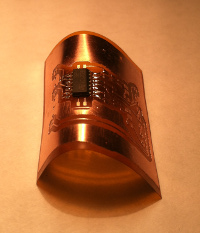
CAD, PCB, and Repair Work
Work Samples I
Custom LED Matrices
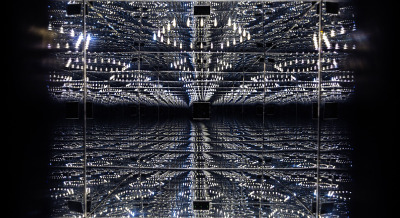
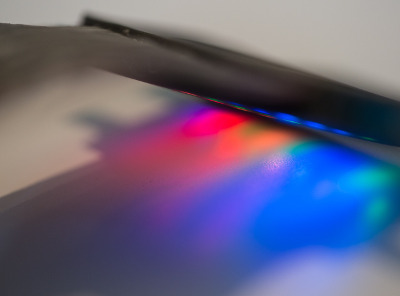
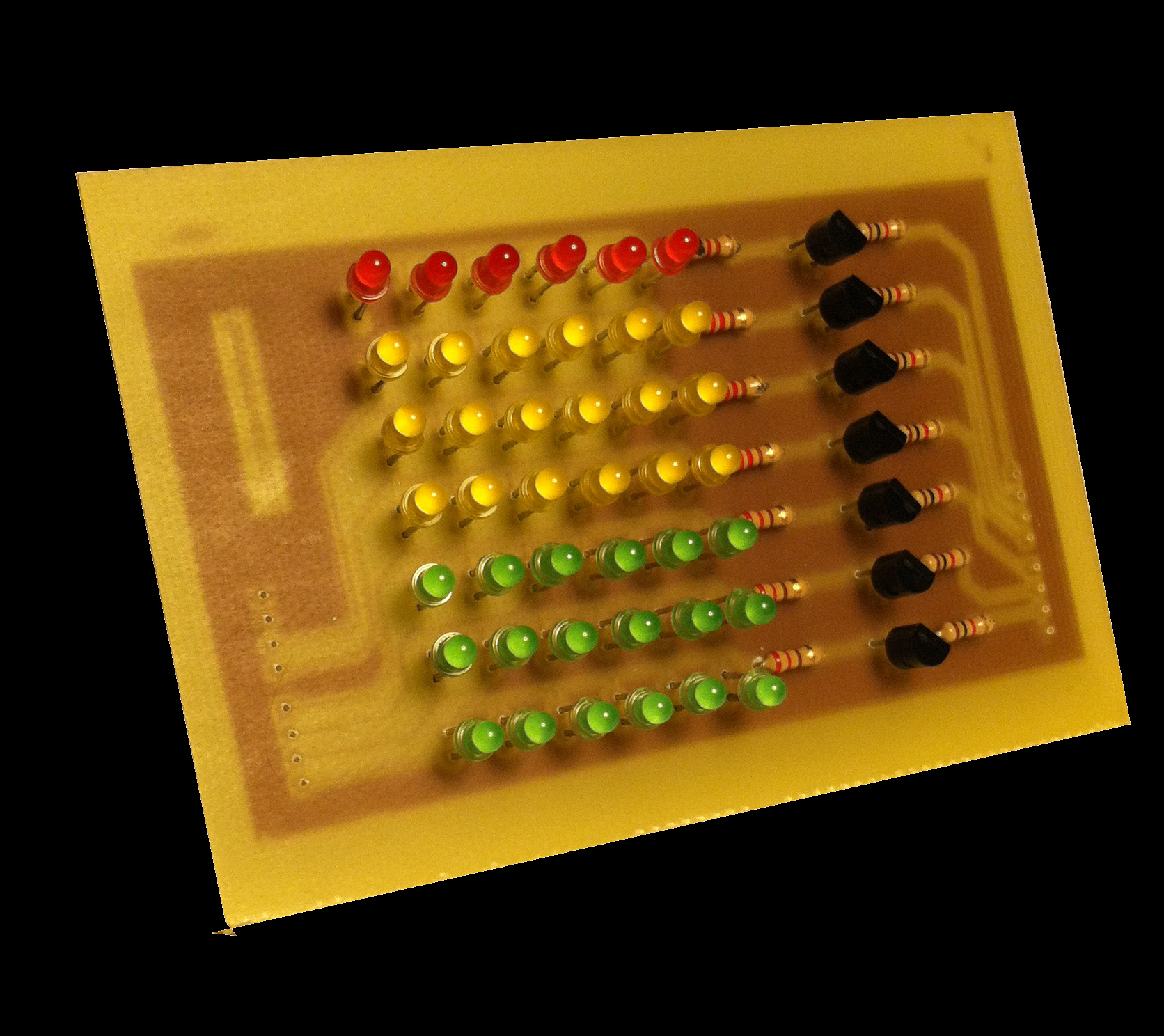
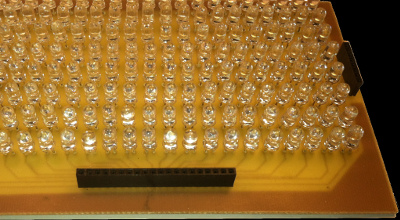
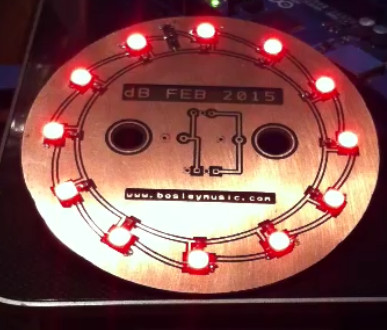
Graphic EQ: Schematic Parts Layout PC Board
Tone Bender: Schematic Parts Layout PC Board
MIDI I/O Files:
Schematic
Component Layout
PC Board
With Thru:
Schematic
Component Layout
PC Board
MIDI for MCU
When I first began experimenting with Microcontrollers in 2010, in particular the PIC series by Microchip, I decided doing traditional breadboarding for every module that would be used was not always practical. MIDI was a major part of many of the experiments I worked on, so it made sense to invest the time to create a permanent MIDI input and output(I/O). Using EagleCad, I was able to convert a schematic using the standard protocol for MIDI I/O, into a design for a printed circuit board (PCB). The interface offers easily connectable header pins used for MIDI I/O, 5-Volt supply, and ground.
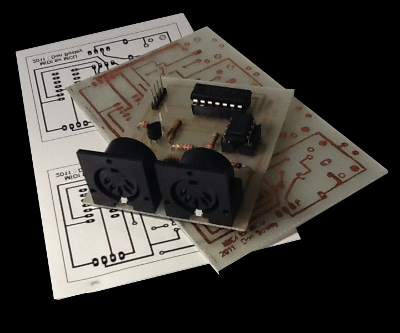
I recently updated the designs layout and provided a second version which includes a MIDI thru. If you have trouble with file download, or have questions please feel free to contact me.
MIDI I/O:
Schematic
Component Layout
PC Board
With Thru:
Schematic
Component Layout
PC Board
Fender Power Chorus Restoration
I first saw the Fender Power Chorus amplifier when I was about 10 and I couldn't even think about affording something like that. The amp had a rich stereo chorus, two fx loops (one stereo), dual inputs to run the clean/distortion in parallel, and a few highly unusual things.
I walked into a music store in June of 2008 and there was one sitting there with no price tag, dirty, but in fair shape. I eventually talked him down to $100 with casters and the original footswitch. After getting it home and seeing its innards, I figured it was a lost cause.
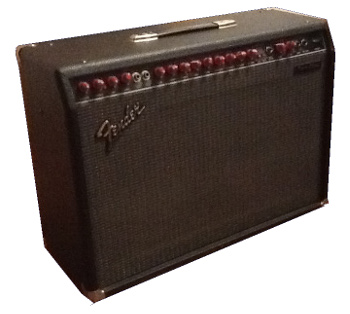
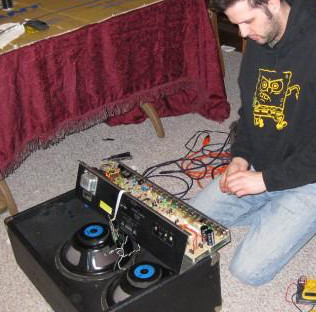
In 2011, I resurrected the idea of restoring the amp. Cosmetically it was in good shape, the speakers worked well, and the spring reverb was in tact. Replacing a lot of potentiometers, all of the jacks, a few resistors in the power amp section, and redrawing one trace, the amp was up and running. I built a cable for the footswitch, and began testing it out. For a little bit of work, and an additional $37 in parts, I got a "poor-mans" JC-120.
Work Samples II
Surface Mount PCB Work
Function Generator: Schematic Parts Layout PC Board
Polyphonic Splitter
Polyphonic guitar processing is not a new concept, but with computer power where it is today, it seemed like the time was finally right
to take advantage of polyphonic pickups to do more than play guitar synthesizers. I am not the first to do this,
and there are a number of interesting projects worth checking out including Miller Puckette's
SMECK.
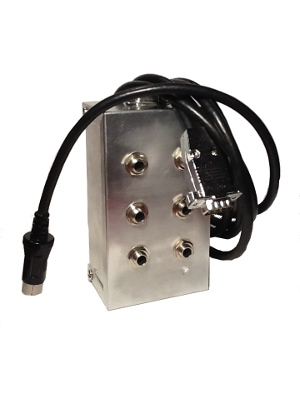
The specialized hexaphonic interface I initially tried was expensive, had drivers that were incompatible with many of the operating systems I attempted to use, and came with a software package that was only remotely responsive in real-time. Since I still wanted outboard pitch detection in parallel with audio, I used my Roland GKP-4 and was able to construct a passive (without power and therefore extremely inexpensive) unit to connect to my existing D/A converter. I also didn't need to pass patch change information, so I was able to construct a converter that goes from 13-pin down to a common 9-pin port, which is far more common at local parts vendors.
If you want a standalone active box, you can purchase something like the RMC Fanout Box, or follow Enda Bates suggestion, and use this DIY tutorial.

